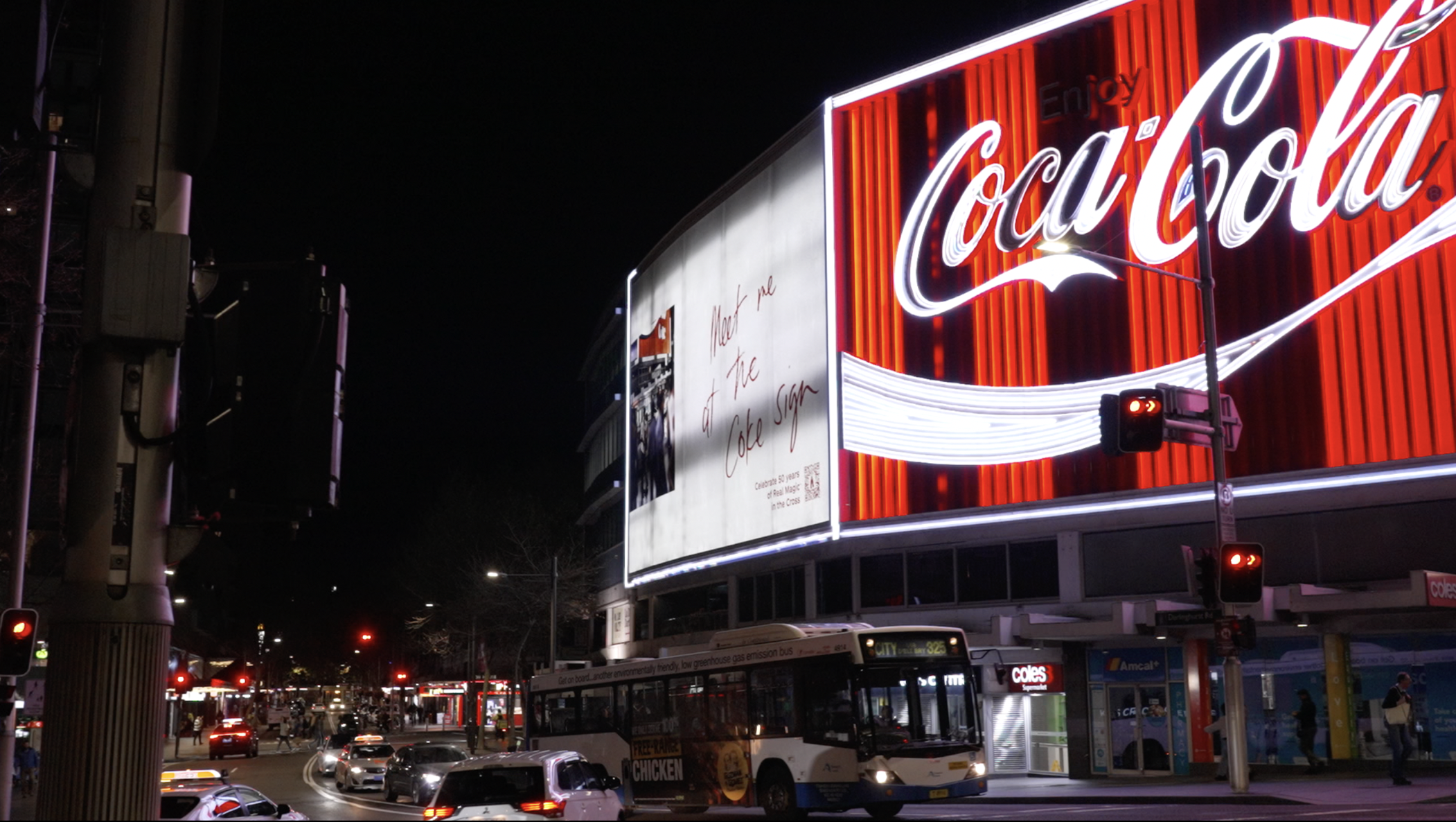University students have welcomed the government’s pledge to cut a fifth off their existing HECS debt, but criticised the implementation of it, which will favour some students over others.
The package was confirmed by Treasurer Jim Chalmers in Tuesday night’s budget alongside an increase in the income threshold for compulsory repayments, with him stating that one of the five main priorities of the budget is to “invest in every stage of education… to maximise our national advantages in the future”.
The average higher education debt accumulated by a university graduate is approximately $27,600. This debt will be reduced by $5,520 following Chalmers’ fourth annual budget which confirmed the 20 per cent reduction in HECS debt.
“A university education is a life-changing opportunity, but it should not leave Australians with a lifetime of debt,” he added.
Charlotte Pinsaward, from Maroubra, a third-year University of Technology student, praised Labor’s plan to reduce debt saying she hoped it would make it easier for her to some day own her own home.
“As someone who is currently paying off their HECS debt… to increase my chances of owning my own home someday, the promise to lower student debt is a sign of hope and understanding for the newer generations in a cost of living crisis” she told Central News.
However, some students said it was unfair that only existing debt would be reduced and the deal was not retrospective for any student currently studying.
Talia, 19, from Drummoyne, who has been paying her University of Sydney fees upfront, said she felt wronged by the proposed changes as she will not receive the refund for fees already paid.
The Whitlam government abolished university fees in 1974, but in 1989 they were reintroduced through the Higher Education Contribution Scheme (HECS) by the Hawke government.
Over the past 50 years, HECS (now officially HECS-HELP) has been a political football of both parties.
This will just take a bit of the pressure off and help a lot of young Australians right across the country.
UNSW economics researcher and professor of economics Gigi Foster believes that “HECS is the most successful economic policy to come out of Australia”, but called the budget allocation to education “a political bribe, for sure”, rather than an economic strategy that will have a genuine positive impact on young people.
Flavio Menezes, economics professor at the University of Queensland, echoed the sentiment.
“Why not then use the same amount of money to increase job seeker allowance, or the disability allowance, pension or the age pension?” he asked.
However, he acknowledged the significant positive impact the changes would make.
“I think it’s a good thing, even though it comes at a cost,” he added.
In late 2024, the Labor government announced their plan to overhaul student loan repayments. The plan involved raising the threshold for earnings before repayments are compulsory, changes to how these repayments are calculated, and most notably, all existing student debt being reduced by 20 per cent after June 1 this year.
Education will receive $54 billion of government spending, the reforms cutting approximately $19 billion in student loan debt for more than three million Australians. This is following on from changes to student debt included in the 2024 budget, where changes to indexation were capped at the lower end of the CPI or WPI, and indexation refunds were provided.
Prime Minister Albanese has said that the cut in debt on accounts will provide immediate relief for students suffering from the cost of living crisis.
“Building Australia’s future means investing in the next generation… we know that education opens the doors of opportunity, and we want to widen them for every child in Australia,” he added.
Jason Clare, Australia’s Minister for Education. said the reforms will help “people who are just starting out, who’ve just finished uni, who’ve just finished TAFE, and who have now got to pay the bills, pay the rent or are saving for a mortgage or they are trying to start a family,” adding, “and this will just take a bit of the pressure off and help a lot of young Australians right across the country.”
Main image by Grace Hutchinson




























